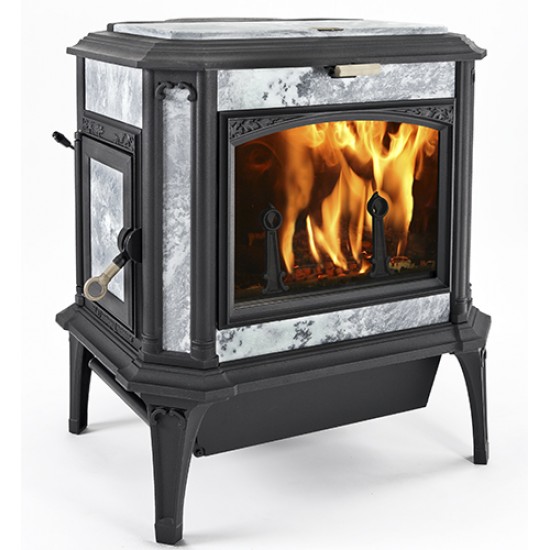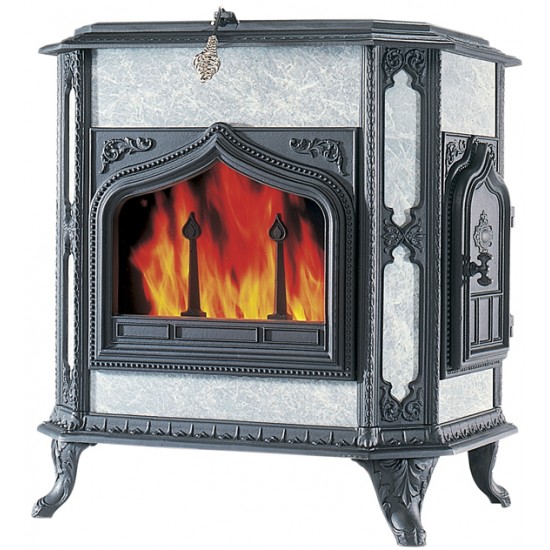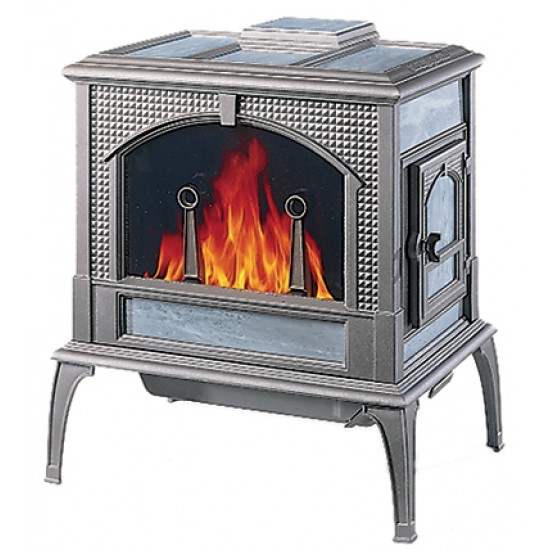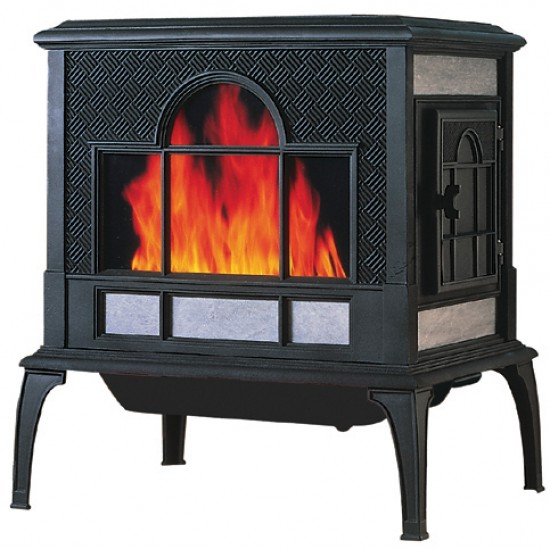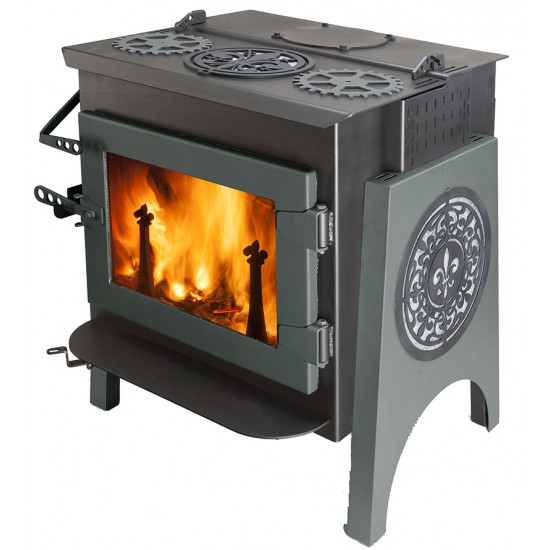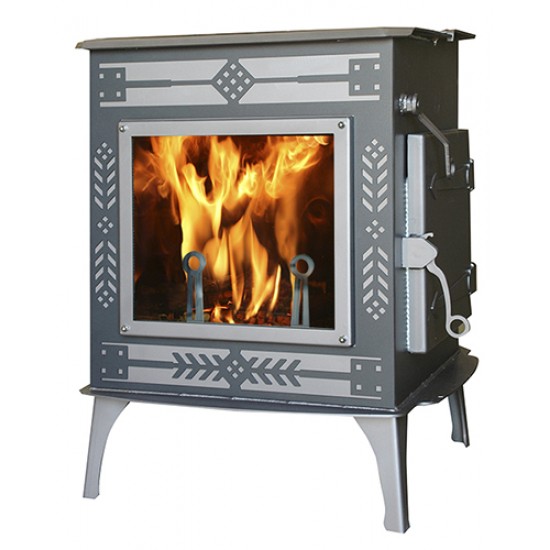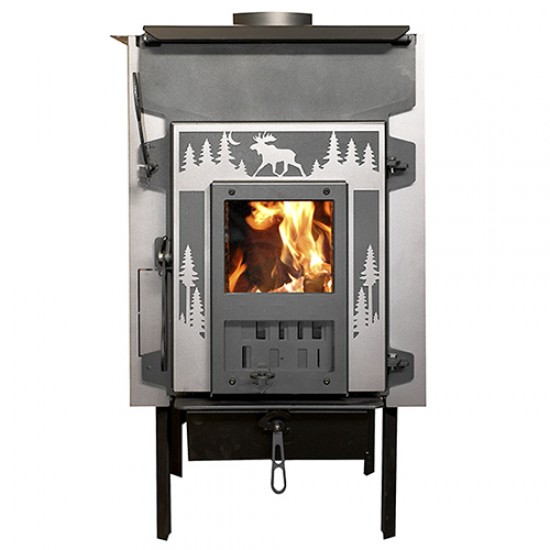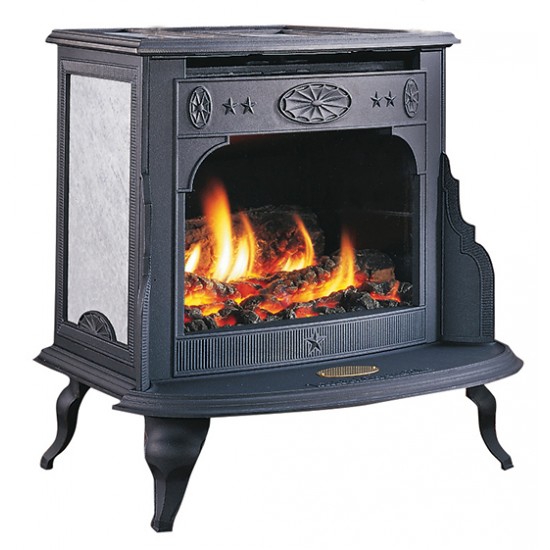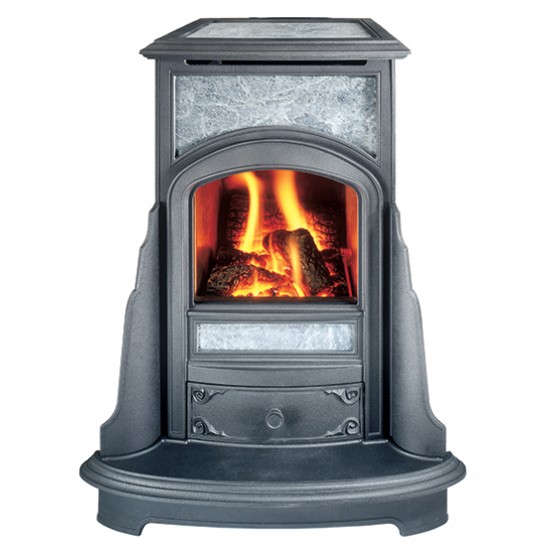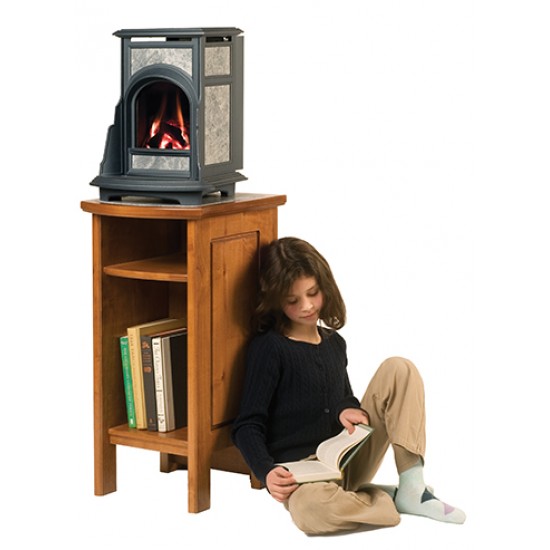12 Apr2016


There are some very respectable technical and scientific reasons why a “top down” fire works best when staring a cold stove. Here are a few reasons:
First: The distribution of
oxygen to the hottest spot is better in a “top down” start-up. Complete combustion requires adequate oxygen,
and when the fire is top down, adequate oxygen is always available. In
a
bottom up fire, there is likely to be less O2 at the hottest point, and
there is a chance the fire can be suffocated as wood is loaded on the
top of the
fire.
Second: Less heat is lost in
a “top down” start-up. Clean combustion requires
high heat. In a top down fire, as the bigger pieces at the bottom are heated up,
the gasses they give off are consumed by the small hot fire at the top. This is good combustion design! In a bottom up fire, the gasses from the
bottom pieces are cooled by coming in contact with the wood above them.
Third: No need to add wood or
re-stoke the fire in a “top down” start-up.
Not
only does this mean no work for the operator, it also means that the wood at
the bottom is heated more consistently, the air-to-fuel ratio is not subjected
to sudden changes, and exhaust gasses are heated, rather than cooled. In a
bottom up fire, when you add wood, the airflow is changed, the fire is cooled
off (by opening the door and adding unheated wood), and more unburned gasses
are created.
Fourth: Having hot coals at
the top in a “top down” start-up is a great thing! The radiant energy from those hot coals heats the wood
beneath them. Gasses from the wood
beneath them are burned as they pass through the hot coals. In a
bottom up fire, the hot coals are at the bottom of the fuel load, so they can’t
contribute to burning gasses from the wood above them.
 |
| Four Stages of a Top Down Fire |
Why Woodstock Soapstone Stoves
are totally clean burning almost immediately with “top down” start-up fires.
Remember
that when you build a “top down” start-up fire, you are maintaining the heat of
the fire to the maximum extent. You are
not quenching the fire by opening the door, adding wood, or limiting the supply of
oxygen. There are two big reasons why we are able to clean up emissions almost
immediately after light-off.
1. Our catalytic combustors are made of a very
thin, high tech stainless steel material called Durafoil®. The
Durafoil is just 50 microns thick; about
the same thickness as a human hair. This
ultra-thin material heats up very quickly, enables the catalyst to react
with the exhaust gasses, and ignite very quickly. We have been able to get our catalysts to
ignite easily in five minutes or less using a “top down” fire and dry kindling.
2. Our hybrid stoves supply secondary air
through a flat, perforated, stainless steel fireback, and are able to achieve
secondary combustion within minutes of lighting a “top down” start-up fire. A “top down” start-up fire creates the
maximum amount of start-up heat. The
kindling flames high in the firebox are more than adequate to initiate
secondary combustion.
To
sum up our story, if you have a Spring Chill in your home, cool at night but
warm enough during the day, try using the "top down" start-up method to start
your fire. You should find your stove
will heat up faster to ward off that chill, and your fire will burn longer and
cleaner. And, you can astound your
friends and family with your pyrotechnic expertise.

